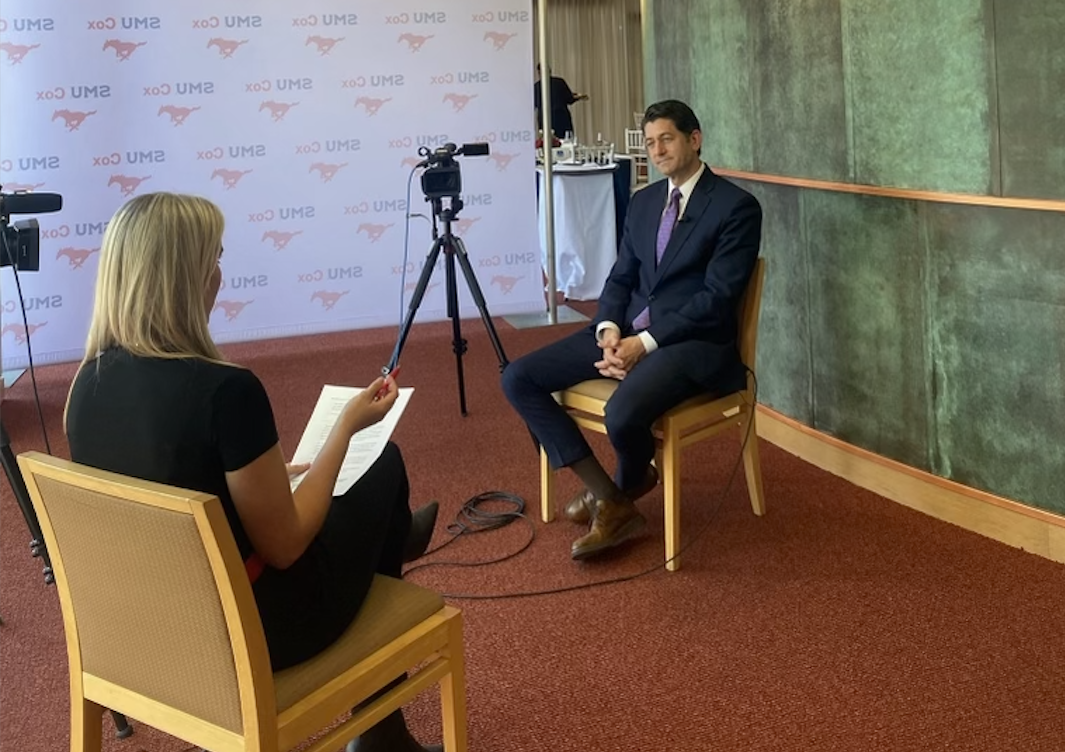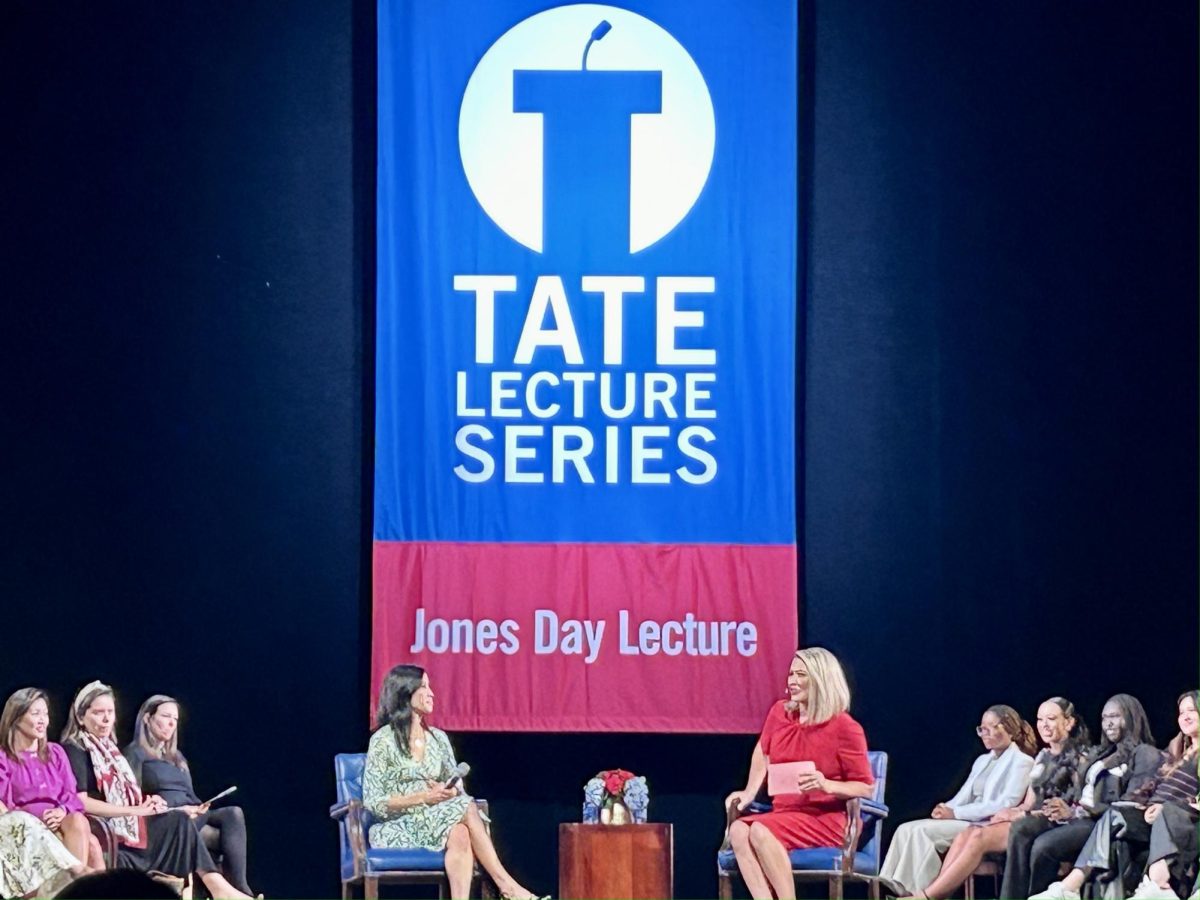
Libertarian Party candidate Gary Johnson addresses students at Macalester College in September. (AP)
The country elected incumbent candidate Barack Obama for his second presidential term earlier in November.
While voters were bombarded with information on both the blue and red party campaigns in the months leading up to the election, the third-party candidates existed “under the radar” with far less exposure and recognition in the political market.
When discussing third-party candidates, notably Gary Johnson of the Libertarian Party, professor of political science Cal Jillson said that third party candidates did less well in 2012 than in some recent elections.
“[Johnson] had trouble raising money and the major parties shut him out of the debates,” Jillson said. “Such is the short life of a third-party candidate.”
Jillson said that while many feel the two-party system is limiting, it “has been in place since the 1830s, so it is pretty stable.” It provides a defined advantage to its candidates by association with party principles.
“[Republican and Democrat candidates] are careful to craft electoral rules that support the two main parties and throw roadblocks in the way of third parties trying to rise,” Jillson said.
The Green Party’s Ralph Nader won more than two percent of the vote in the 2000 election – which Jillson said tipped the election to Bush.
Alternative candidates in the 2012 elections did not see such a victory, collectively pulling about 1.6 percent of the presidential vote, Jillson said.
Third party candidates have available to them certain benefits unattainable by those candidates tied to one party’s defined set of beliefs.
Politicians like Johnson and Nader are able to shape their campaigns in the way they see best fit, which often allows them to adopt policies popular amongst nominees of the two main parties who lose out during primaries.
“Johnson picked up the mantle of Ron Paul when Paul lost the Republican nomination,” Jillson said.
Because third-party candidates have more freedom in creating and shaping the pillars of their campaigns, many can adopt a variety of policies that appeal to independent voters.
Despite Nader having gained much recognition for the party at the turn of the millennium, Johnson and the Libertarian Party seemed to pull ahead gaining support of independent voters.
One of Johnson’s identifiers became his goal of capturing 5 percent of the vote – becoming a sort of support slogan for his “Live Free” campaign.
In an article published in Time Magazine, Joel Stein highlighted Johnson’s goals of abolishing the IRS, legalizing marijuana, and allowing “the private sector to create competing currencies.”
Such associations with personal independence and freedom resonated with many undecided voters that ultimately provided much of Johnson’s national support.
While the election closed with Johnson receiving only one percent of the vote, the Libertarian Party still received a total of 1.1 million votes-a record in the party’s history.
“I hope people begin to seriously research candidates that do not identify with either party,” junior Michael Graves said.
“How crazy would it be to have an independent in office?”

















